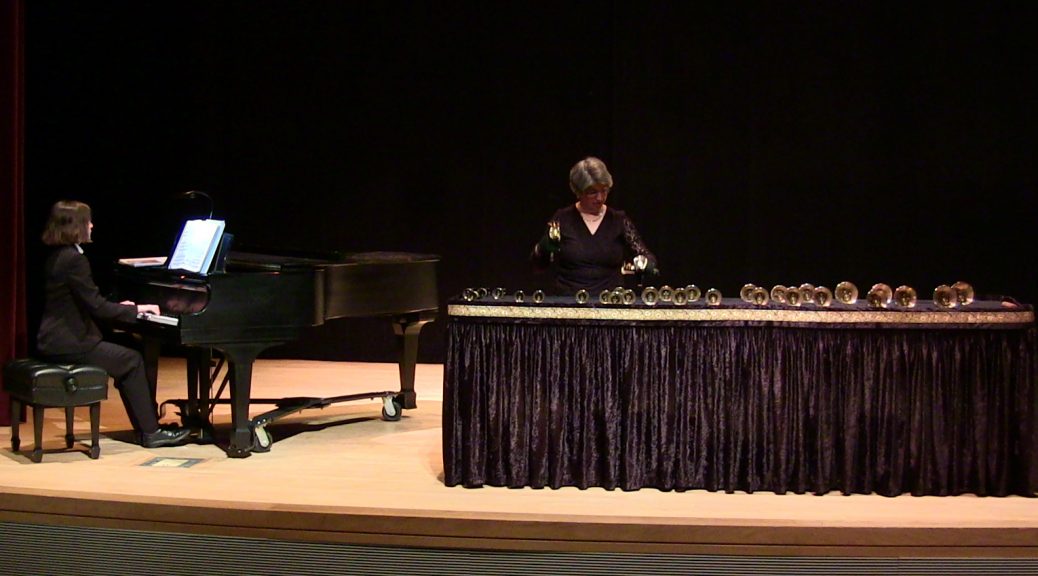Solo handbell artistry is often compared to a dance, as the soloist moves along the table picking up bells. Specialized techniques and choreography, as well as memorization, allow the soloist to ring the bells fast enough to create the melody line. Instrumental accompaniment completes the piece.
During her performing career, Nancy Kirkner rang on 3 ½ octaves (range C4-G7) of Schulmerich English handbells, with a duplicate 3 octave set (G4-G7) for bell tree work. A typical concert required 35 to 50 bells, with the bells from C4-B4 used sparingly. Handbell soloists use a variety of approaches to playing such a wide a range of bells. These include:
- Keyboard order – the soloist keeps each bell in its “home” position, using a technique called weaving to play adjacent bells in sequence.
- Displacement – the soloist rearranges the bells to put them in a more convenient order.
- Traveling four-in-hand – the soloist holds one bell in hand for an extended period, while picking up and ringing other bells (one at a time) in the same hand.
- Six-in-hand – the soloist plays a melody (often pentatonic) or ostinato passage with 3 bells in each hand, generally interlocking the handles to make them easier to hold. They can also be played in “traveling” fashion, with the handles not locked together.
- Bell trees – the soloist interlaces the handles of the bells, hangs the resulting strands or “trees” on a stand, and plays them with mallets.
Handbell soloists also use many of the stopped and sustained techniques developed for handbell choirs.
While there are pros and cons to each method of solo ringing, mastering a variety of approaches enables the soloist to play a wider range of pieces. Nancy regularly used all these approaches, as well as reverse grips, traveling six-in-hand (like traveling four-in-hand, but with 3 bells in one hand), and several other less common techniques.
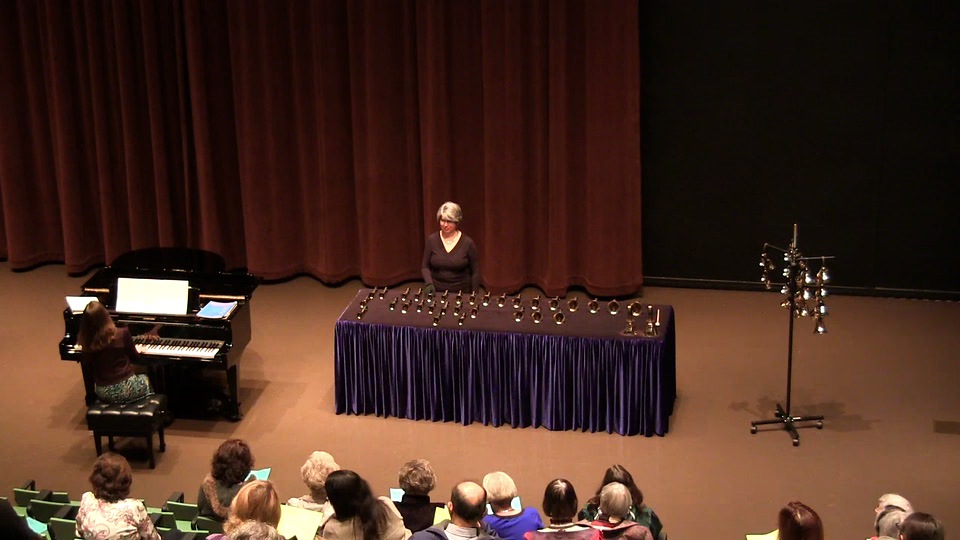
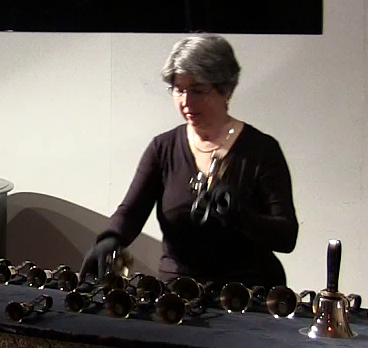

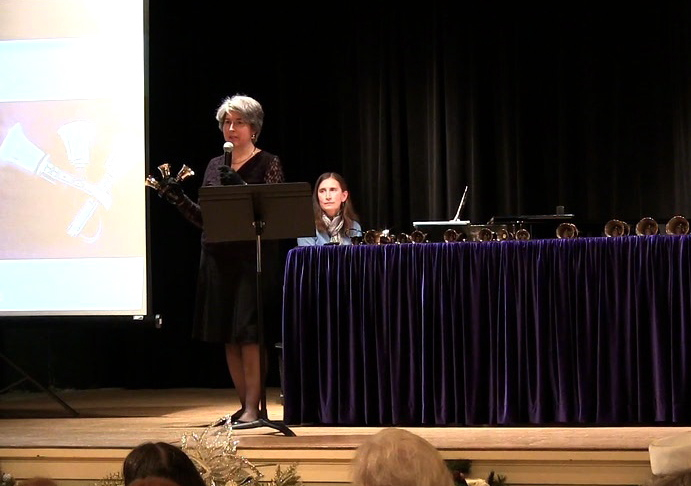
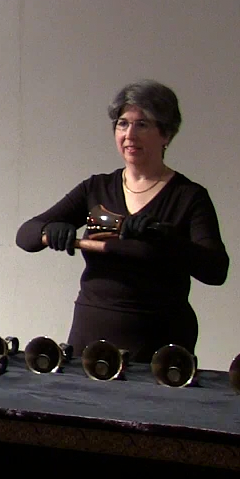
Copyright © 2011-2017 Nancy Kirkner, handbells.com
